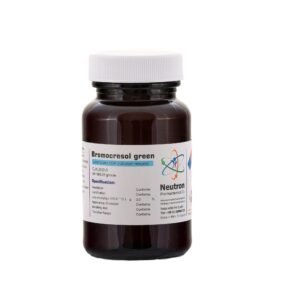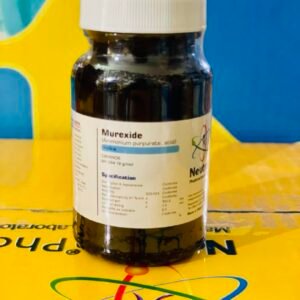1,10-Phenanthroline, commonly abbreviated as phen (or sometimes o-phen for ortho-phenanthroline), is a heterocyclic organic compound. It appears as a white solid that is soluble in organic solvents. The name “1,10” refers to the positions of the two nitrogen atoms replacing CH groups in the hydrocarbon phenanthrene.
🏭⚗️ Synthesis
Phenanthroline can be synthesized through two successive Skraup reactions involving glycerol and o-phenylenediamine. This process is catalyzed by sulfuric acid and an oxidizing agent, traditionally aqueous arsenic acid or nitrobenzene. The dehydration of glycerol produces acrolein, which condenses with the amine, followed by cyclization to form the heterocyclic compound.
🔬 Reactions and Properties
• Oxidation: Treatment of 1,10-phenanthroline with a mixture of nitric and sulfuric acids yields 1,10-phenanthroline-5,6-dione.
• Coordination Chemistry: Phen forms strong coordination complexes with various metal ions. A well-known example is the iron complex called ferroin.
• Alkyllithium Reagents: Phenanthroline reacts with alkyllithium reagents to form deeply colored derivatives. This reaction is used to determine the alkyllithium content in solutions by treating the reagent with a small amount of phenanthroline (approximately 1 mg), followed by titration with alcohol to a colorless endpoint. Similarly, Grignard reagents can be titrated by this method.
🧪 Applications
Due to its ability to strongly coordinate metal ions, 1,10-phenanthroline is widely used as a ligand in coordination chemistry, catalysis, and analytical chemistry.





